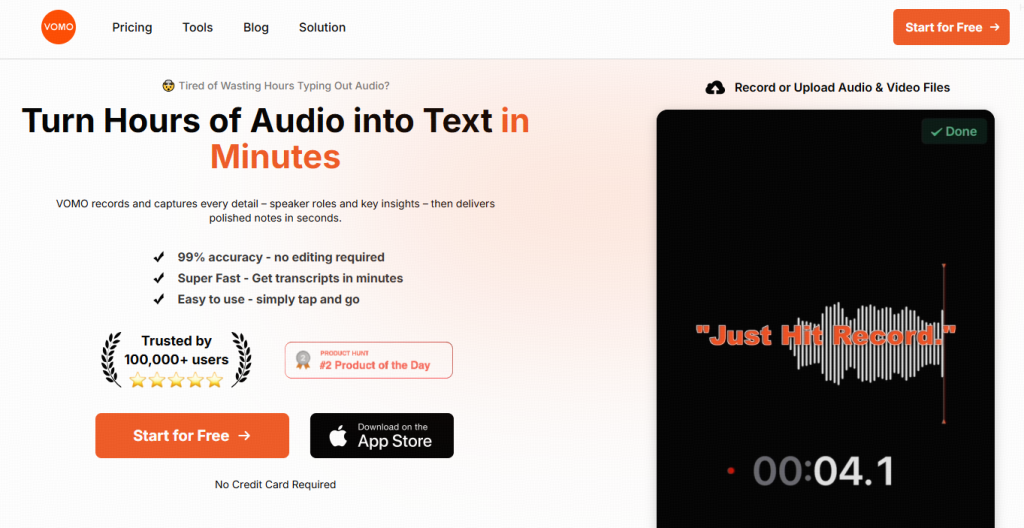CC on YouTube stands for Closed Captions. It refers to the ability of a video to display spoken audio as on-screen text. Closed captions can be generated automatically by YouTube’s system or uploaded manually by creators. With CC, viewers can better follow interviews, tutorials, or marketing content—even when watching without sound.
In short: Closed captions make YouTube videos more accessible, improve user experience, and even boost SEO.
What Is Closed Captioning?
Closed captioning (CC) is the process of transcribing audio into text and displaying it alongside a video. Unlike simple subtitles, CC often includes sound effects ([applause], [music playing]) and speaker identification.
This feature has become a standard in broadcasting and online platforms. In fact, the FCC requires television and many streaming services like Netflix and Hulu to provide closed captions. On YouTube, captions have been available since 2011, and many older videos already support them.
透過轉換 音訊轉文字, CC ensures that video content is not just heard but also read, opening access to a much wider audience.
Why Are Closed Captions Important on YouTube?
You might wonder: why bother with captions if your video already has great audio? Here’s why CC matters:
- 無障礙 – Essential for people with hearing loss.
- 便利性 – Perfect for watching in noisy places or muted environments.
- 學習 – Helps viewers improve language skills and vocabulary.
- SEO boost – Captions act like an extra layer of metadata. Google indexes the text, improving your video’s discoverability.
In fact, creators who consistently add captions often see longer watch times and better audience retention.
How to Enable or Disable CC on YouTube
To turn on captions while watching:

- 按一下 “CC” button 視訊下方。
- If multiple languages are available, choose your preferred option.
- To turn captions off, simply click the button again.
On mobile, tap the settings (⚙️) or three-dot menu (⋮) to access caption options.
This flexibility allows viewers to control when and how they want 視訊轉文字 conversion displayed.
How YouTube Generates Captions
There are two main ways captions appear on YouTube:
- Automatic Captions – YouTube uses speech recognition to generate them. While fast, they may not always be 100% accurate.
- Manual Upload or AI Tools – Creators can upload caption files or use 第三方轉錄工具 for better precision.
The second method is increasingly popular, especially with AI-driven platforms that deliver over 95% accuracy.
Step-by-Step Guide: Using VOMO for YouTube Captions
Follow these steps to create accurate YouTube captions quickly with VOMO:

- Log in to VOMO – Open your VOMO dashboard and make sure you are logged in.
- Import Your Video – Copy the YouTube video URL and paste it into VOMO’s “Import from Link” field. Click 上傳.
- 自動轉錄 – VOMO will process the video and convert its audio to text. The transcription is usually ready within a few minutes, depending on video length.
- 審閱與編輯 – Your transcript is separated by timestamps. You can edit text, correct speaker names, or adjust any inaccuracies directly in VOMO.
- 複製謄本 – Select all text and copy it to your clipboard.
- Upload to YouTube Studio – Open YouTube Studio → Content, hover over the video, click Details → Subtitles, and paste the VOMO transcript into the editor.
- Finalize and Publish – Click 完成 to save. Your captions will now appear on your YouTube video.
✨ 提示: VOMO also generates chapter outlines and AI summaries, making it easy to repurpose content or create highlights.

Benefits of Using CC for Creators
Here’s why enabling CC is a smart strategy for every YouTuber:
- Reach global audiences – Multilingual captions attract international viewers.
- Improve accessibility – Inclusivity builds trust and loyalty.
- Save time with AI – No need for manual typing or expensive transcription services.
- Boost channel SEO – Indexed captions make your videos more discoverable.
For instance, one creator noted that after adding captions with AI, their videos started ranking higher for target keywords within weeks.
最終想法
So, what does CC mean on YouTube? It’s more than just a button—it’s a tool that transforms your video into something inclusive, searchable, and easier to consume. Whether you use YouTube’s auto-captions or AI-powered transcription services, adding closed captions can dramatically improve your content’s performance.



